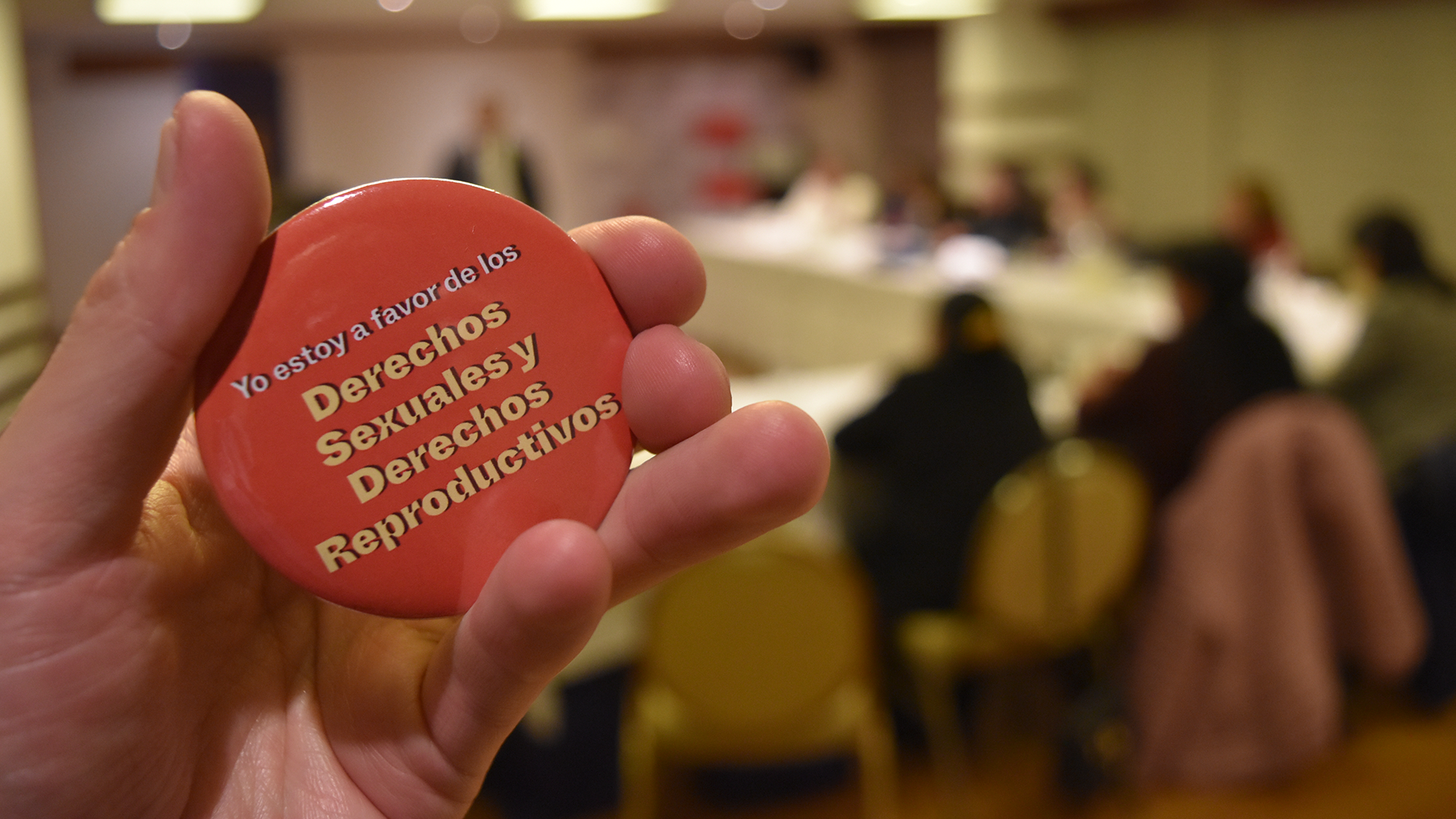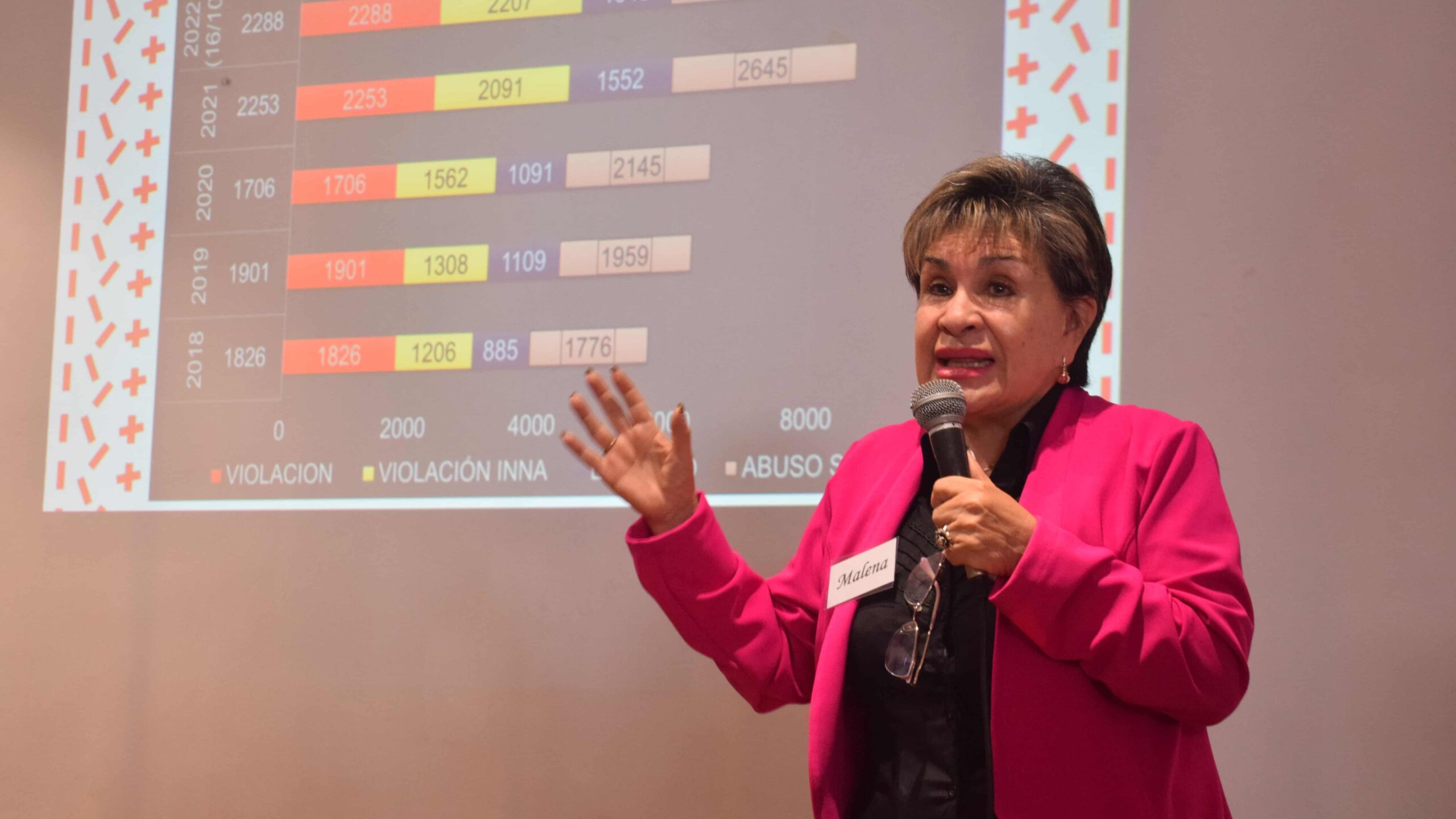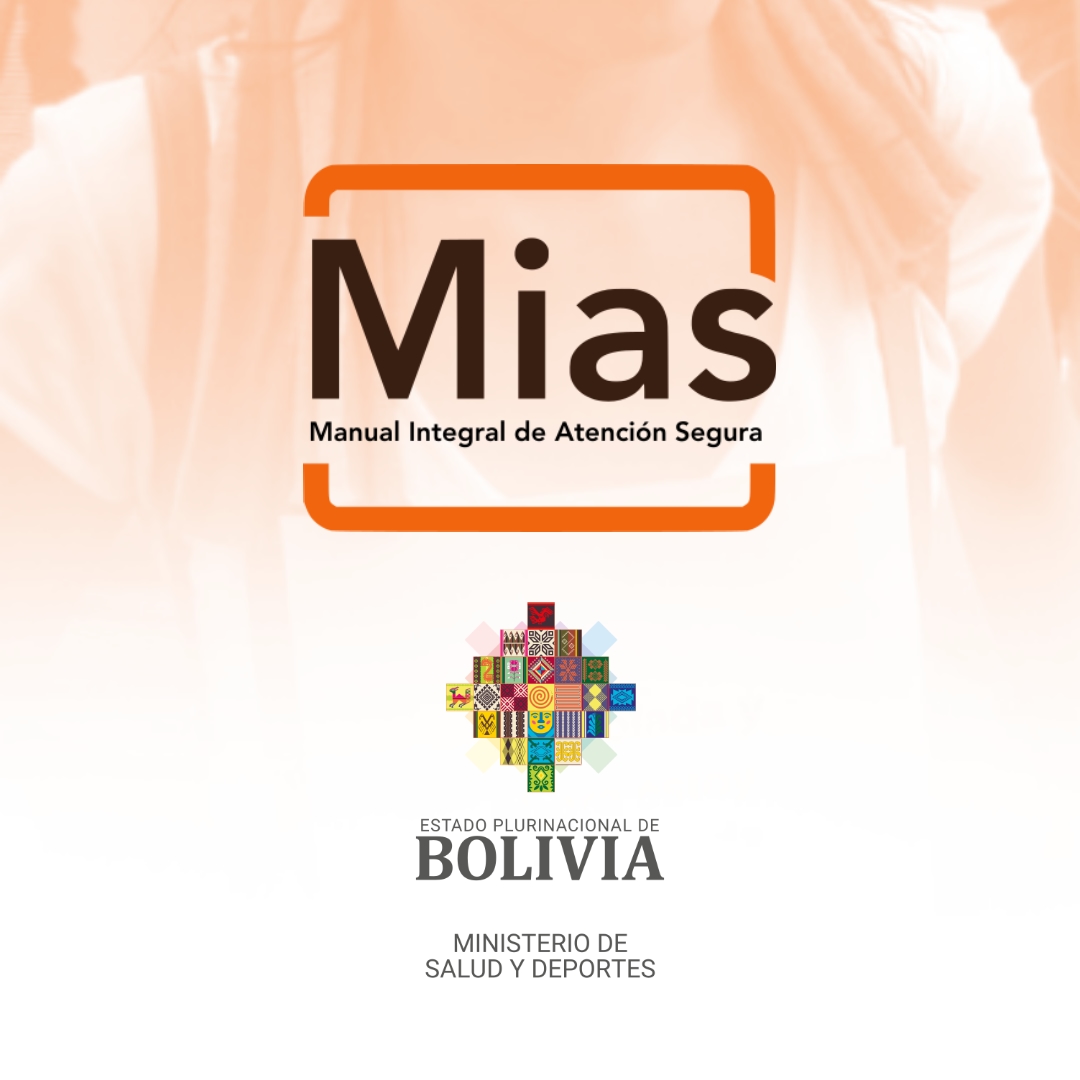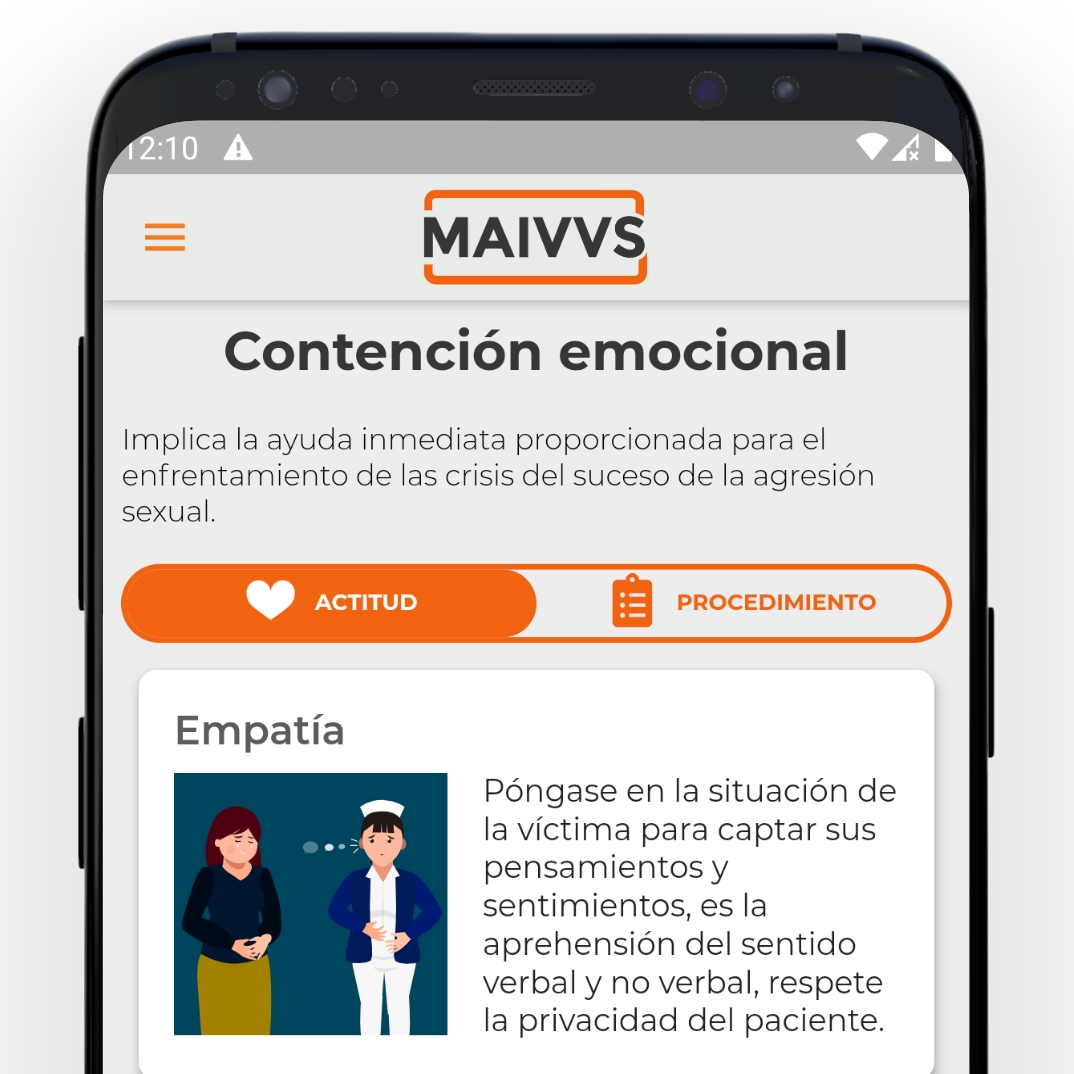In the country, the number of women, aged 15-49, who opted for family planning with the use of contraceptive methods increased in the last four years, from 162,803, in 2020, to 246,436, in 2023, representing 51%.
There are several factors for the use of contraceptive methods. On the one hand, those of the health system, coverage, provision, availability and public policies of contraceptive methods, and on the other hand, individual factors, including sociodemographic, cultural, educational and socioeconomic factors, among others.
Through socialization campaigns, better access to health services for women of childbearing age has been achieved. Among them, sexual and reproductive health, contraceptive counseling and the use of contraceptive methods. Within this framework, the number of women of childbearing age who have received contraceptive counseling rose from 366,658 in 2020 to 482,793 in 2023. (See table)
“In recent years, progress has begun to be made in breaking down barriers in the use of contraceptive methods. These barriers are mainly at the social level. For example, there were myths, so we have also been increasing the orientation in health facilities for women of childbearing age and we have been able to solve them”, explained to La Razón the head of the Health Services Networks and Quality Unit of the Ministry of Health, Alexia Paredes.
He added that contraceptive methods allow making pertinent and adequate decisions about fertility in a free, responsible and informed manner. They also support people’s sexual and reproductive rights, in addition to maintaining and improving individual and public health.
Thus, contraceptive methods constitute a fundamental factor in public health, and knowing the factors associated with their use has implications for intervention in various priority areas such as women’s health, sexuality, family planning, unwanted pregnancy, maternal mortality, sexually transmitted diseases (STDs), quality of life, and ultimately autonomy and socioeconomic development.
PREFERENCE
Preference for contraceptive methods shows that the male condom, which is also part of dual protection, is the most widely used. This is followed by the quarterly injectable and the subdermal implant as the methods most used by women of childbearing age. (See table).
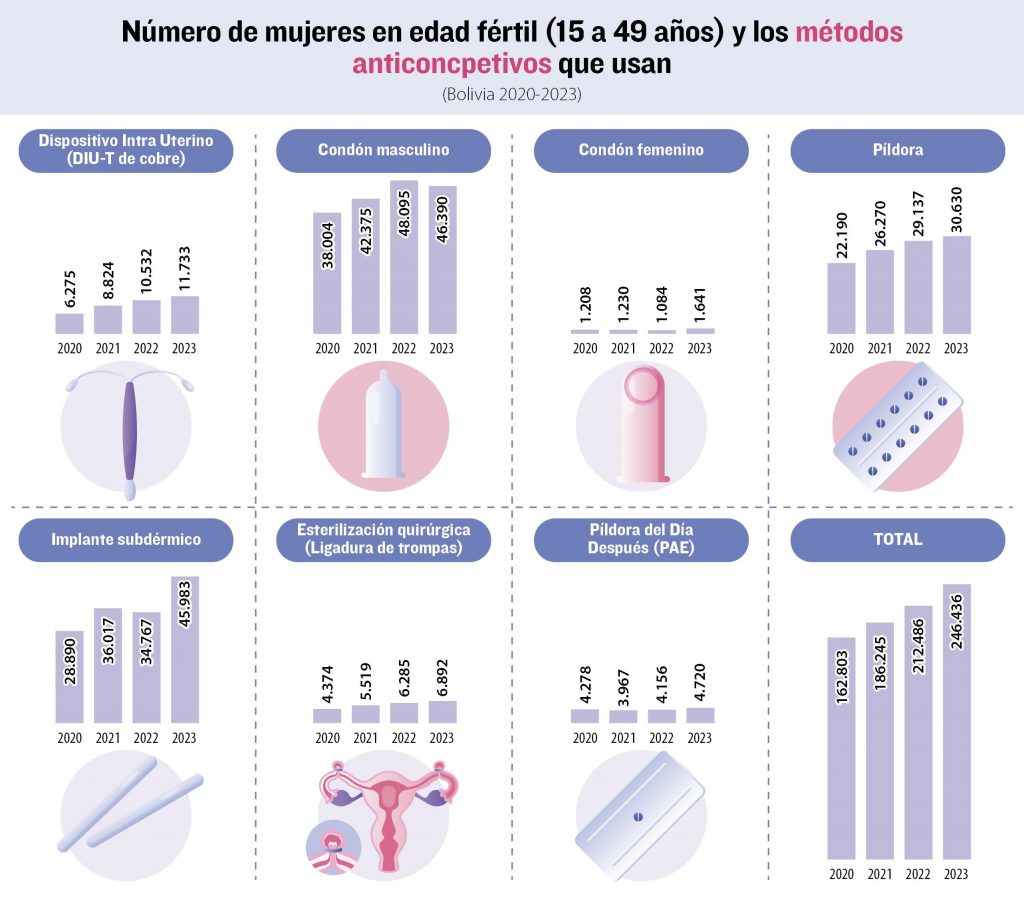
All three methods used correctly are up to 99% effective.
A smaller group opts for the insertion of the intrauterine device (Copper T), emergency contraception (morning after pill), female barrier method (female condom), tubal ligation and in the area of counseling, the amenorrhea breastfeeding method (Mela), fixed day method, among others.
However, the most appropriate method of birth control depends on a person’s general health, age, frequency of sexual activity, number of sexual partners, desire to have children in the future, and family history of certain diseases.
“The doctor guides the patient. One of the most demanded methods is the subdermal implant because it is private and can last up to five years. Injectables are applied every three months, sometimes causing weight gain and alterations in menstruation. Contraceptive pills have to be taken every day and become a habit for the patient”, explained Paredes.
LAW
In accordance with Law 475 on Health Services Benefits, these family planning benefits are free of charge for all women, including adolescents, who are not covered by social security in the short term.
According to the National Institute of Statistics (INE), in 2018, 93.8% of women aged 15 to 49 years know modern contraceptive methods (MAC) according to the Demographic and Health Survey (EDSA) 2016, in addition the use of modern MAC among women in this age range, reaches 45.1% while for the ENDSA 2008 it reached only 34.6%.
In terms of age, 100% of men between 15 and 19 years of age in union say they are familiar with some modern contraceptive method. On the other hand, 96.4% of women between 25 and 29 years of age say they are familiar with these modern methods.
The department with the highest number of women who know a modern contraceptive method is Santa Cruz with 99.2%, followed by Tarija with 99.1%. The department with the lowest number of women who know a modern contraceptive method is Potosi with 87.0%.
In the department of Santa Cruz, 98.8% of men know some modern contraceptive method, followed by Beni, where 98% know some modern method.
Santa Cruz and Tarija are the departments with the highest prevalence of modern MAC use by all women; while Oruro and La Paz show the lowest percentages of use, according to EDSA 2016 data.
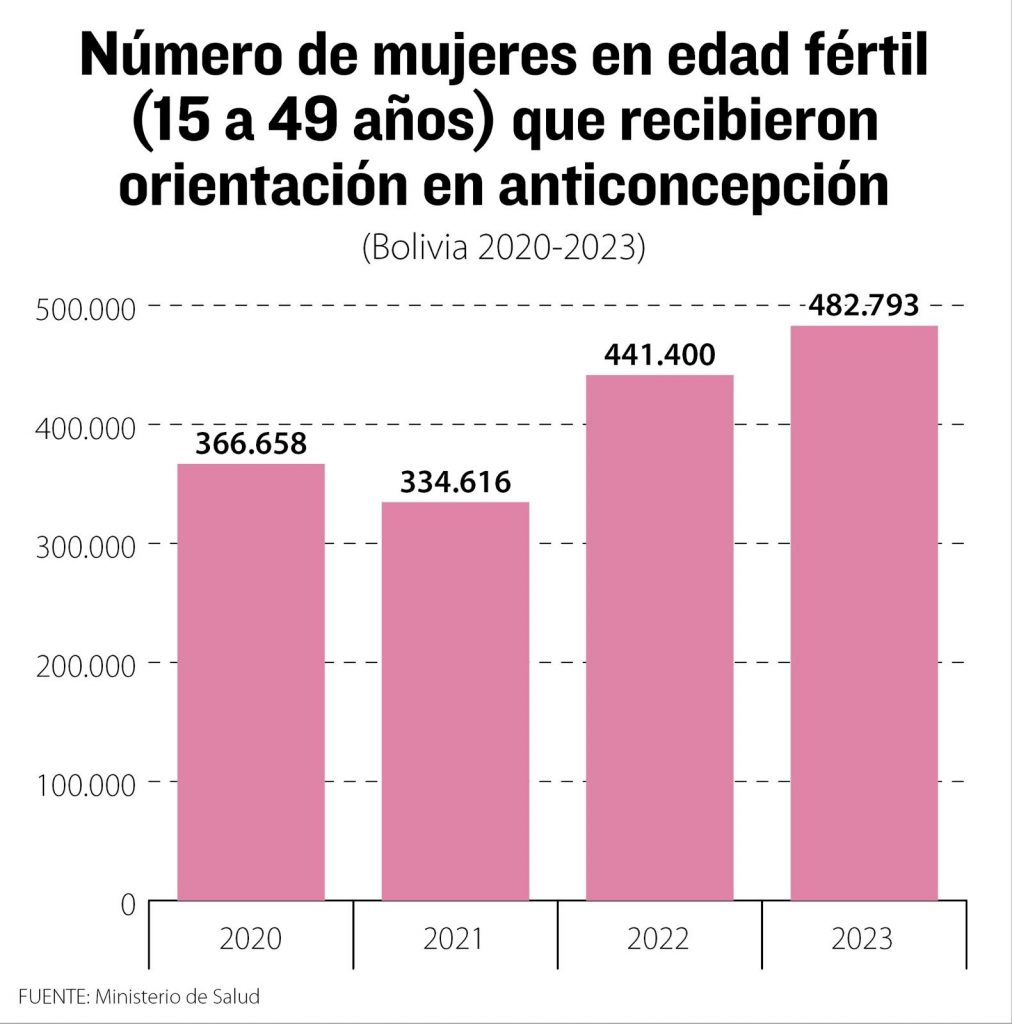
PANEL
The United Nations Population Fund (UNFPA) panel, in its most recent update, in 2023, indicated the situation on sexual and reproductive health in the world.
The latest data indicate that in Bolivia, Peru, Venezuela, Argentina, Ecuador and Uruguay, on average, 5 out of 10 women have access to contraceptive methods, whether traditional or modern.
According to the panel, in Bolivia, 48% of women between the ages of 15 and 49 use some contraceptive method. In Peru, the percentage is 51%.
In Venezuela, 56% use a birth control method, while in Argentina the percentage is 58%. Ecuador and Uruguay have the same prevalence rate: 59%.
These percentages change when women are discriminated against because of their marital status. The use of contraceptive methods by married or cohabiting women increases. For example, in Bolivia, 68% of women with a stable partner use some method. In Peru, the percentage rises to 77%. In Venezuela, 76%; in Argentina the percentage is 71%, in Ecuador it is 80% and in Uruguay it is 79%.
According to the United Nations, family planning is fundamental to women’s empowerment, poverty reduction and sustainable development.

